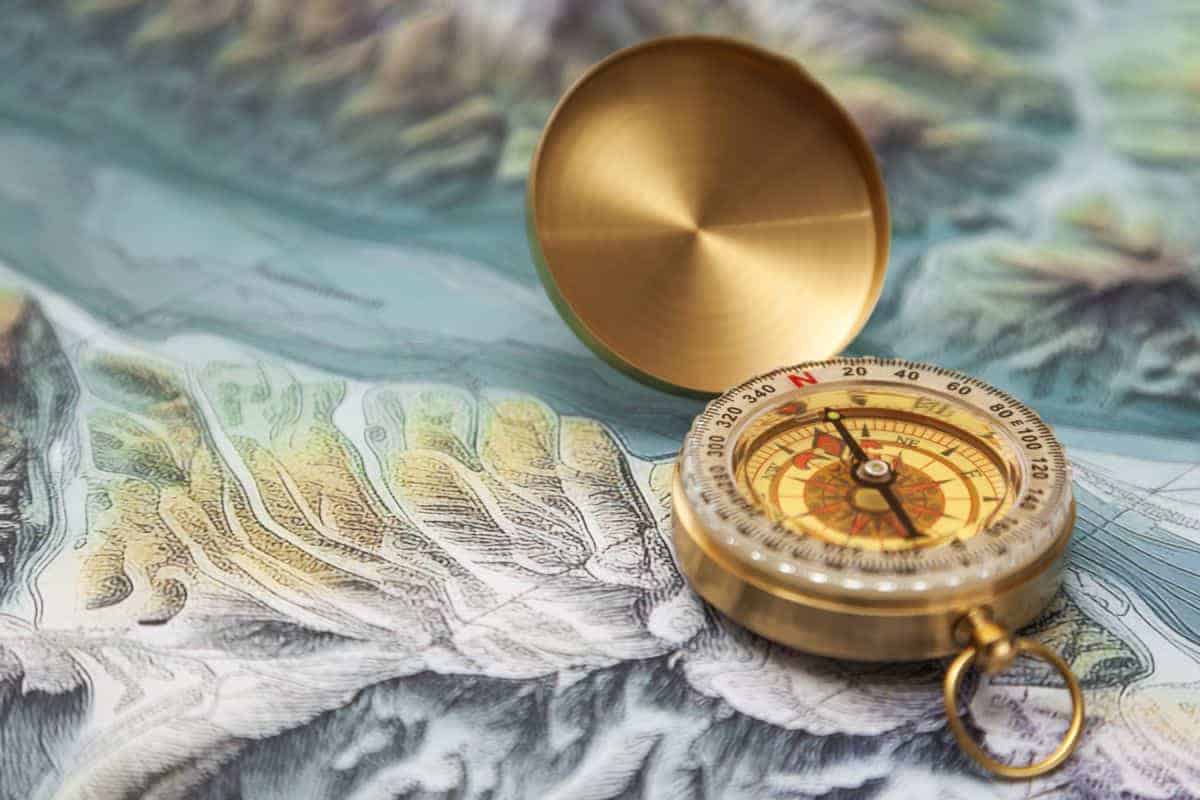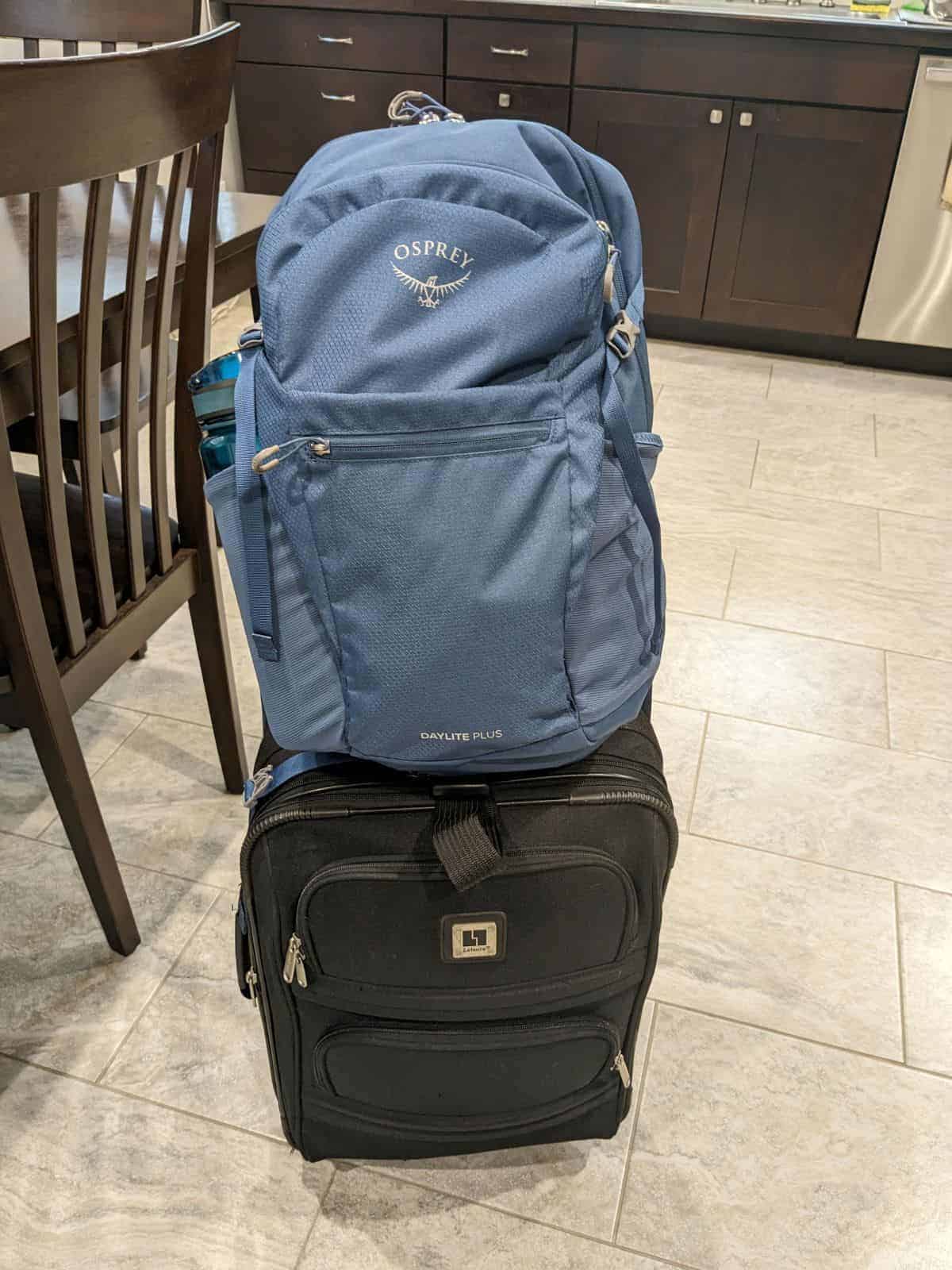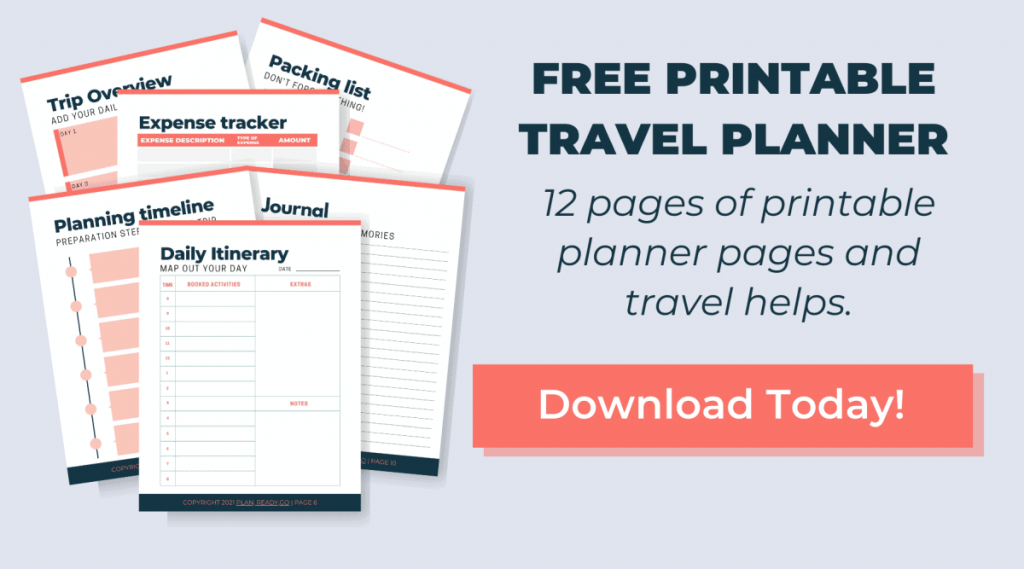I’m begging you to ignore these travel myths and misconceptions
Traveling is riddled with misconceptions that can keep the beginning or anxious traveler from exploring as much as they’d really like. These travel myths can easily be debunked with a bit of firsthand experience and a healthy dose of reality.

This post includes affiliate links. If you make a purchase through one of these links, I may earn a small commission at no additional cost to you. As an Amazon Associate, I earn from qualifying purchases. See disclaimer.
There’s a right or wrong way to travel
The notion that there’s a right or wrong way to travel is simply not true. You have your preferences and goals, and these should guide how you travel. Whether you’re packing for a luxury cruise, trek through the mountains, or a staycation your travel choices are valid.
Some travelers want to see as much as possible with their limited time to travel and pack their itineraries full. Others choose slower travel to leave room for spontaneity. Both approaches have their perks, and neither is the ‘correct’ way to travel.
You might enjoy staying at major chain hotels, cozy bed and breakfasts, or hostel bunks. The same goes for transportation; whether it’s a rental car, ride-share services, or public transportation, what matters is what works best for you.
Regardless of how you choose to travel, it’s important to keep track of all your plans. Using a travel planner like the Plan, Ready, Go trip planner spreadsheet will help you make sure you don’t miss any details from tour bookings to daily expenses and more.
Travel is expensive
It’s a common belief that travel requires a hefty budget, but this doesn’t really hold up when you consider the options. Yes, some of your travel bucket list destinations may be pricey. Or if you choose luxury resorts and high-end tours, your bank account will feel it.
But there are a ton of ways to save money on travel.
- Traveling during the off-season can help you find lower prices as well as thinner crowds.
- Choose “self-catering” accommodations so you can cook your meals instead of eating three restaurant meals a day.
- Using public transportation can sometimes save money over using taxis or renting a car.
- Look for free tours and attractions to add to your itinerary.
- Pay your bills with travel rewards credit cards to earn points for flights and hotel stays.
Travel doesn’t have to break the bank. With some good planning, you can experience new places without the financial stress that many assume is unavoidable.
Have your heart set on an expensive destination? Make a good travel budget estimate for that destination and make a plan to set aside funds every month until you have enough to book that trip.
Read more about how to save money and travel more.

You don’t have time to travel
You might think your busy schedule makes it impossible to take time off for travel. But the reality is that travel doesn’t always require a two-week block or a trip across the globe. With some creativity, you can build travel experiences into your life, no matter how hectic it seems.
- Make the most of your weekends or days off by exploring local destinations. Don’t dismiss the fun you can pack into a short weekend getaway trip.
- Ask your employer about remote work options that could allow you to travel without missing work hours.
- Maximize time off around public holidays where a single day off can turn into a long weekend. It’s surprising how much you can see and do in just a few days.
- Try a staycation and see more of the area around your own backyard. Book a night at a local hotel, visit new restaurants, or check out museums and parks you’ve never been to before.
Planning your own travel is hard
You might think that it’s an overwhelming task to plan your own travel. But with some good resources, planning your own trip is more straightforward than you might think.
Online forums, Facebook groups, travel blogs, and crowd-sourced review sites offer tips and personal experiences. They can help you decide what to add to your travel itinerary. You can also find a lot of bad travel advice online though so take it with a grain of salt.
Tools like Google Maps are great for road trip route planning and the Hopper app can easily help you get the best price on your flight.
You have to plan everything ahead
Many people are led to believe that detailed itineraries are a must. It’s a common misconception that every aspect of your journey needs to be mapped out before you step out the door. However, leaving some days unplanned, or a few half days, allows you space to explore how you want or even just get a little rest.
Sure, booking your flights and reserving accommodations in advance is wise, especially during peak seasons. But that doesn’t mean every hour of your day must be accounted for. Embrace a bit of spontaneity; some restaurants, tours, and experiences can be decided on the go.

You can only get a good deal on airfare if you book within a certain timeframe or on a certain day of the week.
It’s a common belief that you’ll snag the best airfare deals if you book on a specific day of the week or a magical number of days before your flight. Instead of waiting for a Tuesday, staying flexible and alert to deals any day could lead to bigger savings.
According to CheapAir.com’s study, “Data clearly shows that the average low fare varies by less than $1, no matter what day of the week you buy an airline ticket. What matters is the day of the week you travel.”
To find the best deals:
- Monitor fares with alerts from flight comparison tools like Google Flights.
- Subscribe to a flight deals alert service like Going or Secret Flying.
- Consider off-peak travel times and days.
- Look at prices across a variety of dates.
Learn more about the tools you can use to save money on flights.
Traveling carry-on only is impossible
You might think that traveling without checking in luggage is impossible. After all, how can one tiny bag hold everything you need? With a few good strategies, it’s far from impossible.
I have a lot of great posts that will help you learn how to pack lighter and try traveling with carry-on luggage only.

“Travel hacking” is hard or complicated.
Travel hacking is using rewards, like points and miles, from credit cards and loyalty programs to reduce your travel costs. While there is a little bit of a learning curve when getting started in the “travel hacking” game, you can keep things simple.
We use Chase credit cards to earn Ultimate Rewards Points that we transfer to United or Southwest to use instantly for “free” flights. Using this strategy, we were able to book flights to New Zealand for only a couple hundred dollars in taxes and fees, saving us literally thousands of dollars.
Some travelers follow complicated strategies to squeeze the best value out of every last point. I can see wanting to do that, but we really like to keep things as simple as possible. Using points and miles helps us travel more than we would be able to if we used just cash.
The key to making travel hacking work best for you as a traveler is to use travel rewards credit cards to pay for your regular everyday bills and purchases and pay the bills off completely each month to avoid interest charges that would essentially negate any benefit of earning points.

You need to buy a lot of special travel gear
Certain things like a sturdy pair of good quality hiking shoes or a good backpack are helpful, but it’s not necessary to purchase a bunch of new, high-tech gear or a wardrobe of special “travel clothing.” Traveling is about the experiences, not the stuff you carry. Your regular clothes and a practical bag are usually enough for most trips.
Travel is a waste of money
Travel is an investment in your personal growth and offers wonderful and invaluable experiences. What better way to learn about other people and cultures than to experience them firsthand through travel?
Of course, if you view travel as a waste of money, then for you perhaps it might be. A great deal of the value of travel will come from your mindset. If you see travel as a valuable experience that can shape your life in a good way then, for you, it will be a good way to spend money.
Keeping a travel journal is a great way to explore the valuable insights you learn on your trips.
Luxury or group travel is not “real” travel
When you picture a “real” traveler, images of a solitary backpacker might come to mind. But your travel preferences, whether that’s luxury or group tours, don’t make your experiences any less genuine.
Some may think that luxury travel isn’t authentic because it’s too comfortable or ‘insulated’ from the destination. Likewise choosing group travel doesn’t mean you’re missing out on the ‘real’ essence of a place. Guided group travel can offer insights and access you might not experience going it alone.
Many widely held beliefs about travel don’t stand up to scrutiny. There are a lot of common misconceptions such as the supposedly prohibitive cost of travel, that you have to have a lot of spare time, or that some travel isn’t “real travel.” Busting these myths can hopefully encourage more people to explore life-changing travel experiences.
More travel planning help and tips
- Choosing your next travel destination
- How to decide where to stay on your next trip
- Travel tips for beginners
- Surviving long flights (even in economy)
- How to use your time on a long road trip
- The best travel guides (books and online helps)
- Complete guide to planning a travel itinerary
- The hidden costs of travel
